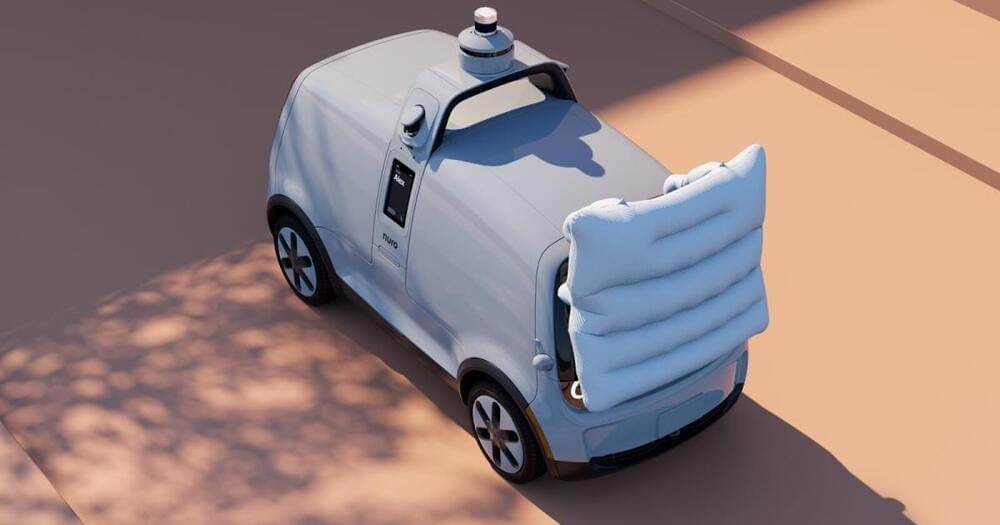By: alfonso fasano & benjamin stecher.
The following was written out of a shared belief that there are only two things that can change the world. A big army and a big idea. This is a distillation of our big idea.
Dear Elon Musk.
We are writing out of concern. Concern for ourselves, our patients, and the tens of millions of minds around the world you reach. You see, we have a problem. Patients and physicians in the neuromodulation community consistently misinterpret your public comments. It is very important to us that we do not overinflate expectations or unnecessarily hype these products beyond what is possible.









